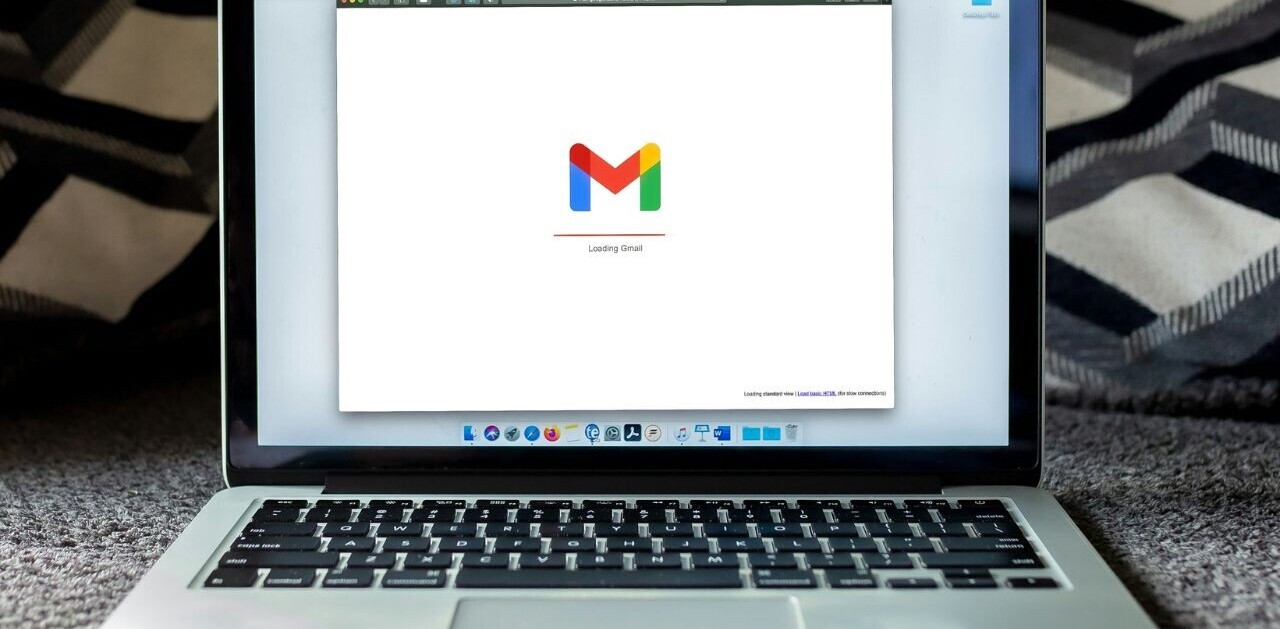
It turns out Google and Facebook are tracking your porn consumption habits big time, and even incognito mode can’t save you from their omnipotent gaze – or so say researchers from Microsoft, Carnegie Mellon University, and University of Pennsylvania.
Indeed, 93 percent of adult content websites leak sensitive user data to third parties, according to a new study which looked at 22,484 porn sites to examine how they use tracking software to log your most personal browsing tendencies.
“[M]any sites and apps include code from other parties of which users are typically unaware,” the authors say. “Such ‘third-party’ code can allow companies to monitor the actions of users without their knowledge or consent and build detailed profiles of their habits and interests.”
Using software to analyze third-party tracking scripts, the researchers found that Google’s advertising subsidiary DoubleClick had been implemented on 74 percent of all porn sites. Tracking software developed by Oracle and Facebook (which notoriously outlaws explicit content on its platform) was discovered on 24 and 10 percent of scanned sites, respectively.
Asked about their usage of such data, both Google and Facebook told The New York Times they don’t use data collected from porn sites to create “marketing profiles intended to advertise to individuals.”
In total, the study identified 230 companies tracking explicit content around the web. The bulk of tracking, though, was done by a small group of companies.

The worst bit? Only 17 percent of all 22,484 sites in the research sample were encrypted, which leaves harvested data open to hacking and breaches.
Not only that, 49.97 percent of porn site URLs expose or strongly suggest the identities, sexual orientation, and intimate interests of visitors.
“[T]hese porn domains contain words or phrases that would likely be generally understood as an indicator of a particular sexual preference or interest inherent in the site’s content,” the researchers say. [T]hese might also likely be assumed to be tied to the user accessing that content.”
Another issue the researchers stress is that most porn sites lack privacy policies that address third-party data gleaning. The study found that only 3,856 sites (about 17 percent of all scanned entries) had such policies in place.
“The policies were written such that one might need a two-year college education to understand them,” the authors note, highlighting the dense legalese found in privacy terms.
Get the TNW newsletter
Get the most important tech news in your inbox each week.





